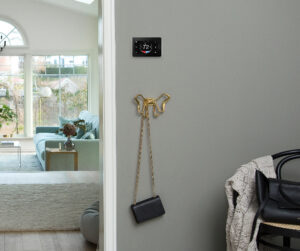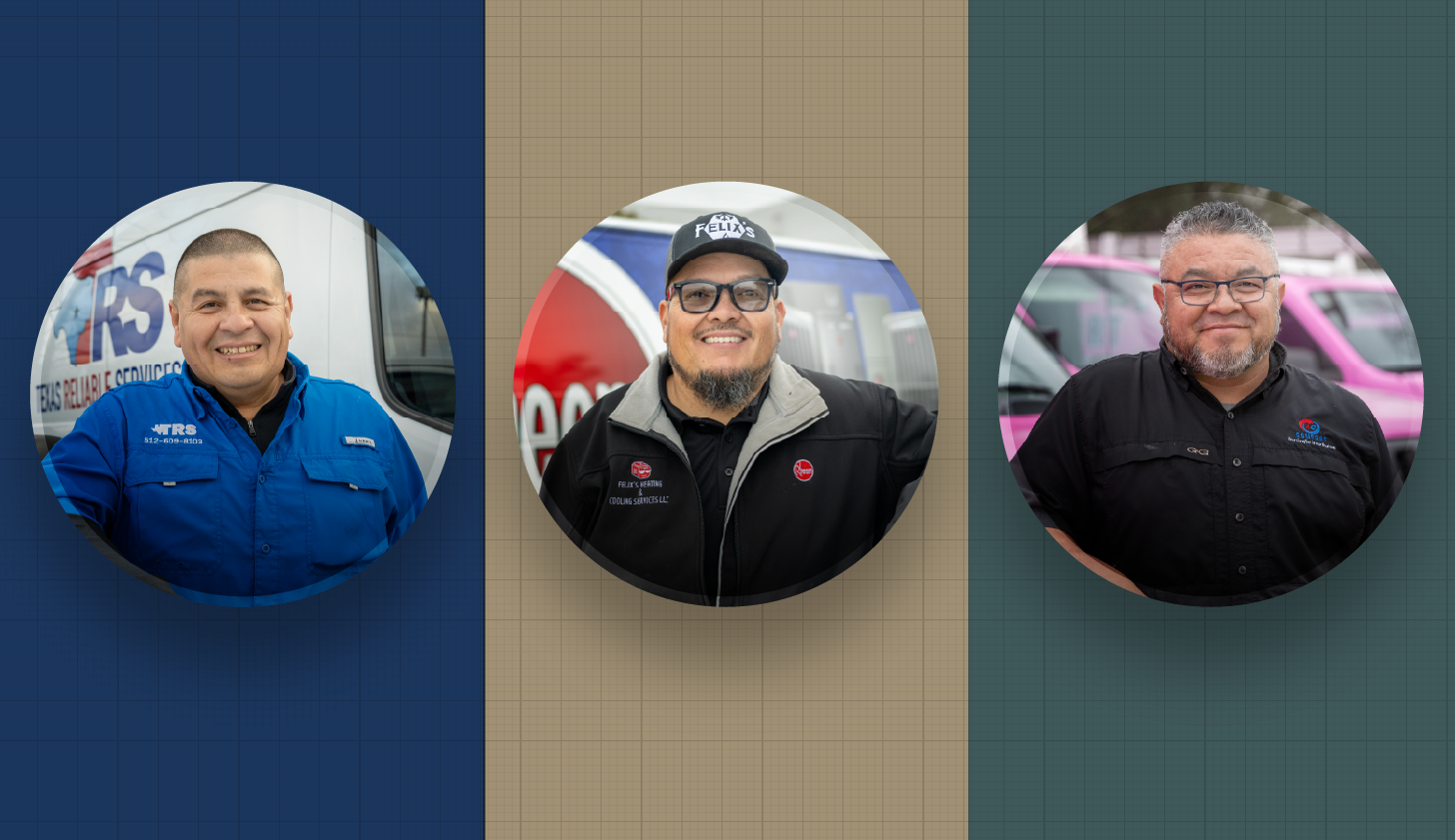4 Key HVAC Trends to Know for 2022
December 30, 2021
From sustainability to automation, these are the HVAC trends that contractors and distributors should have on their radar in 2022.


 As the ENERGY STAR Partner of the Year, Rheem is acutely aware of the importance of bringing sustainable, intelligent solutions to the market that can truly make a difference for the environment. When speaking with homeowners, contractors should educate them on their portfolio of products that are ENERGY STAR-certified and how they can help homeowners meet their home sustainability goals and protect the environment.Another green trend on the rise: eco-friendly materials and parts. As homeowners strive for more sustainable homes, they not only want to source more efficient HVAC systems but are also paying attention to their individual parts and materials as another avenue to lower their carbon footprint.If you need help talking about how Rheem and the HVAC industry are working toward a more sustainable future, visit rheem.com/about/sustainability for more information.
As the ENERGY STAR Partner of the Year, Rheem is acutely aware of the importance of bringing sustainable, intelligent solutions to the market that can truly make a difference for the environment. When speaking with homeowners, contractors should educate them on their portfolio of products that are ENERGY STAR-certified and how they can help homeowners meet their home sustainability goals and protect the environment.Another green trend on the rise: eco-friendly materials and parts. As homeowners strive for more sustainable homes, they not only want to source more efficient HVAC systems but are also paying attention to their individual parts and materials as another avenue to lower their carbon footprint.If you need help talking about how Rheem and the HVAC industry are working toward a more sustainable future, visit rheem.com/about/sustainability for more information.
Smart technology
Like sustainable home systems, smart technology is becoming a must-have. An estimated 69% of US homes own at least one smart home product—a number that is expected to grow—and 81% of real estate purchasers say that they would be more inclined to buy a house if it came with smart technology systems.


Take Rheem’s EcoNet Smart Thermostat, for instance. The thermostat features the EcoNet Zoning system that can divide up the home into separate zones, allowing homeowners to control temperatures and manage airflow in different areas of the home independently, either through the touchscreen controls in each zone or EcoNet App2.
It’s about connectivity and convenience, yes, but it’s also about providing an easier way to ensure comfort and confidence at home. “At the end of the day, how are we advancing forward the next three, five, and 10 years to make life easier for the consumer?” says Mike Branson, President of Global Air at Rheem. “I think the evolution of the consumer is one of the most intriguing things. Technology has enabled us to do new things and has accelerated our exposure and our reliance on different ways of doing business.”
Automation
“The analogy is like an automobile. Drive 3,000 miles, and then you are supposed to change your oil. Well, we didn’t really know if the oil change was needed or not. Turns out, it depends on driving conditions. Now vehicles have gotten smart enough where they tell if you need an oil change based on your driving conditions, and they’re constantly updating, and they’re giving a much more optimized answer for the owner,” Day says.
“The same thing will then apply into the connected space of HVAC products. The more that we can get the system tuned to the home, we can allow the contractor to optimize maintenance,” he says. “Then there’s an increased level of credibility when a contractor suggests to a homeowner, ‘Hey, it’s time to change X part.’ They’ll have some data to back that up. It’s a more informed decision, and then their conversation with the homeowner or building owner will, I think, go much, much better.”
Supply chain challenges


“For this heating season, I think about it this way: Since contractors will be able to get into homes in a way that maybe they haven’t in the last heating season, it’s really about advocating for that whole health checkup,” Day says. “They should provide this to homeowners and make sure that things are appropriately working and moving. There’s no doubt that people are more conscious, and have been during the pandemic, as to how their systems are operating, what needs to be done, and upgrades. Every industry now faces supply chain challenges, and I think the Rheem operations and supply chain teams have done a fantastic job of mitigating risks for us and moving us forward and farther than a lot of the others.”
At the end of the day, it’s important to stay up to date with the latest HVAC trends, regulations, innovations, and homeowner interests and needs as the industry continues to evolve. In fact, that’s what Day sees as the biggest obstacle come 2022 and beyond.
“The greatest challenge is keeping up with all of these changes. When we say things like, ‘All of the products that you buy from Rheem today, a year from now they are going to be substantially different in many ways.’ Their first question then is, OK, how do I get caught up on what these new regulations are? How do I get caught up on even understanding the new vernacular?”
The answer: training. Rheem is dedicated to supporting contractors and providing the necessary training that they need to be successful in the field. Visit RheemAcademy.com to find a training online or in-person right for you.







